The Covid Diaries 19: The British Museum incl. Collecting and Empire
A visit to the British Museum including their new Collecting and Empire trail. In which I was underwhelmed by the Museum’s new openness to talk about collecting and colonialism, but at least they’re trying…?
The British Museum (Re)Opens Its Doors
The British Museum must have been about the last major London institution to reopen. So for now, at least, things are getting pretty normal. There are extra security measures in place at the best of times so that doesn’t seem too different now. The main difference is that the British Museum has implemented a one way system through all rooms that are open. This includes the majority (but not all) of the ground floor plus the downstairs Africa bit.
There is nonetheless quite a lot to see. Artefacts from Egypt, Assyria, Greece, and various African, American and Pacific cultures are on display. There’s also the Enlightenment Gallery and a temporary work by Edmund de Waal. Some of the big-hitting sections (like the Egyptian mummies) are still not accessible, nor is much of the Asian section. And I forget what else is upstairs normally. They have moved a few objects around to accommodate though. For example in one of the Greek rooms I noticed a couple of Cycladic sculptures with a note saying they had been transferred to that display case; with apologies for not being able to see the others which are usually on view.
Be Prepared To See Everything!
The problem then isn’t how much is on display, which for an ‘encyclopedic’ museum in straightened circumstances isn’t too bad. For me, the problem was how prescriptive it was. I have been to the British Museum countless times, so I was interested in a new trail, ‘Collecting and Empire’. It features quite prominently on their website and provides additional information about a dozen or so objects in the collection.
The issue was that they take their one way system very seriously. Essentially, every single visitor has to visit every single room that’s open. There’s something very frustrating about seeing a route to the exit but not being allowed to use it as you’ve still got half the trail to go. And I know from some tantrums I witnessed (not mine) that families with young children were struggling as well. Surely they could have one or two points where, if you’ve had enough, you can drop out and leave?
Collecting And Empire, A New Visitor Trail
I would have availed myself of an early exit, partly because I was a bit disappointed by the ‘Collecting and Empire’ trail. It’s easy enough to follow; a dozen or so objects with a webpage with images and room numbers to help you find each one in turn. But as you could perhaps have predicted, they have stayed pretty well clear of controversy. I certainly had an inkling about this when I first read through the webpage.
They have clearly tried to get a balance of different ways that objects from countries in colonial relationships with the West have entered the museum collection. But with a couple of looted exceptions they were objects that had permits for removal, were traded, or were donated. The accompanying panels go further into detail than the webpage version, but still remain very factual. They don’t touch at all on the ethics of a given situation, for example. The laws may have changed suddenly to allow antiquities to leave Egypt, for example, but should they have?
Who Chooses What Is Included, And Why?
The British Museum have also chosen one object which is not on display; a potlatch mask from the Pacific Northwest Coast which is now on long term loan to an indigenous cultural centre. Maybe I’m biased because I wrote my Masters thesis on this, but given how involved the British Museum has been in the debate on repatriation of indigenous cultural property from museum collections, it felt a little cynical to have this example included. What about one of the ones that has been requested for return? Maybe it’s not cynical though; perhaps there are so many of these examples of collaboration that it would have been disingenuous not to include one.
The Elgin Marbles and Benin bronzes are of course conspicuous in their absence. I wouldn’t want to be the employee navigating those contested waters in a short text panel, though, so fair enough! It’s not the first time that I have been disappointed by the British Museum’s light touch in engaging with difficult issues, so maybe I should have known.
A Different View: British Museum Podcast
Actually something that I would recommend if you do want to witness the British Museum trying harder to confront difficult history is a recent podcast on Sir Hans Sloane, whose collection was the basis for the British Museum. It’s quite a long discussion between regular podcast presenter Sushma Jansari, museum director Hartwig Fischer, academic James Delbourgo and Miranda Lowe of the Natural History Museum, and is very interesting. They discuss in detail the labour of enslaved Africans used by Sloane in Jamaica to collect objects and specimens. The ensuing conversation considers what it means for the interpretation of these collections today.
I also appreciated the context the podcast provided when I was in the Enlightenment Gallery on my enforced one-way tour. We do tend to forget now that Sloane’s collection was the genesis not just of the British Museum, but also the British Library and Natural History Museum. The Enlightenment Gallery reframes the collection through this generalist collecting lens. The podcast made me wonder if there is a subtle challenging of the ‘universal’ museum concept under Fischer’s directorship. In the podcast he champions not the encyclopedic nature of the collection as the legacy of Sloane and other Enlightenment collectors, but Sloane’s insistence on his collection being publicly and freely available in perpetuity – a value we still believe in today.
Final Thoughts
Overall then I wouldn’t rush back to the British Museum, and certainly not for the Collecting and Empire trail. Unless there is something specific you’re dying to see or you are one of the early tourists back in London, I think most visits can wait until things are a little more free-ranging again. Certainly don’t take any small children. If I was fed up and thinking about a tantrum by the time I found the exit, I don’t blame young ones for feeling the same. And in terms of discussions around the British Museum’s legacy, collecting history and meaning in the new world we’re in, I would say watch this space. Hopefully the tentative steps I saw will lead to a discussion which will be more open and wide-ranging in future.
On its own merits: 3/5
Implementing Covid rules: 3/5
If you see this after your page is loaded completely, leafletJS files are missing.

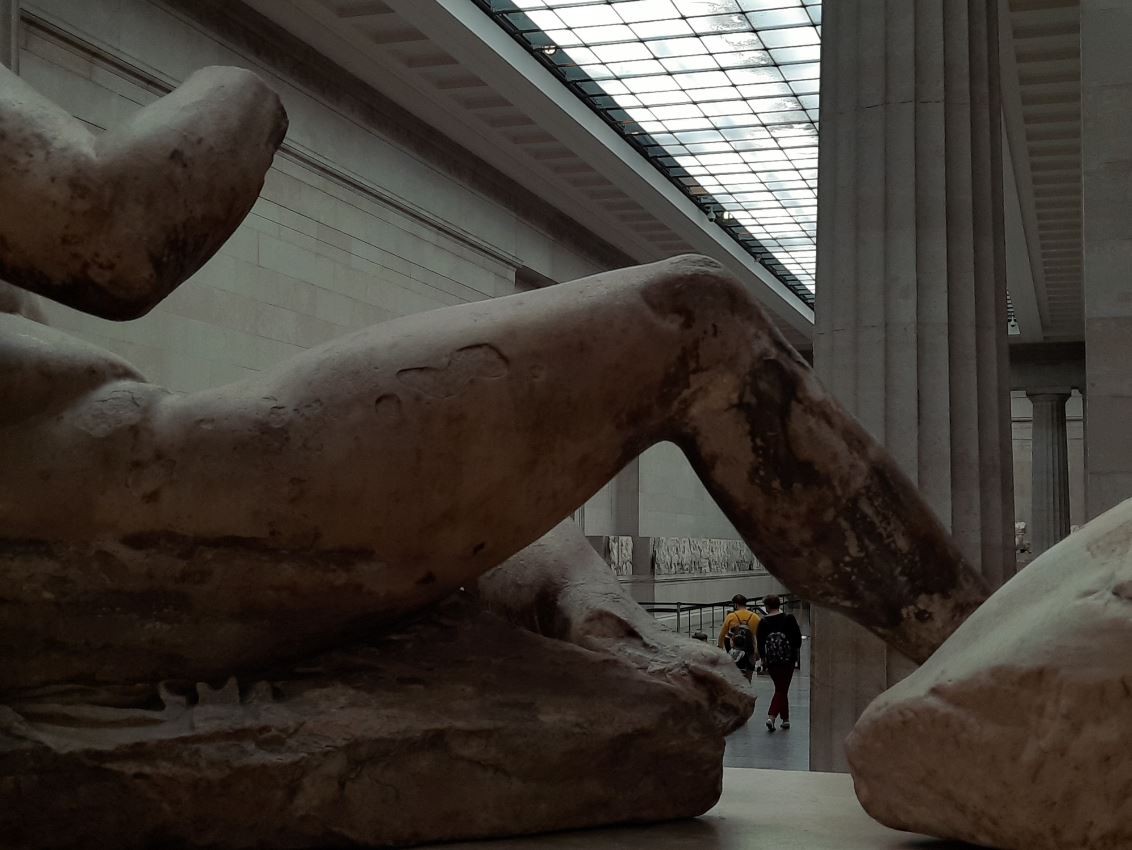

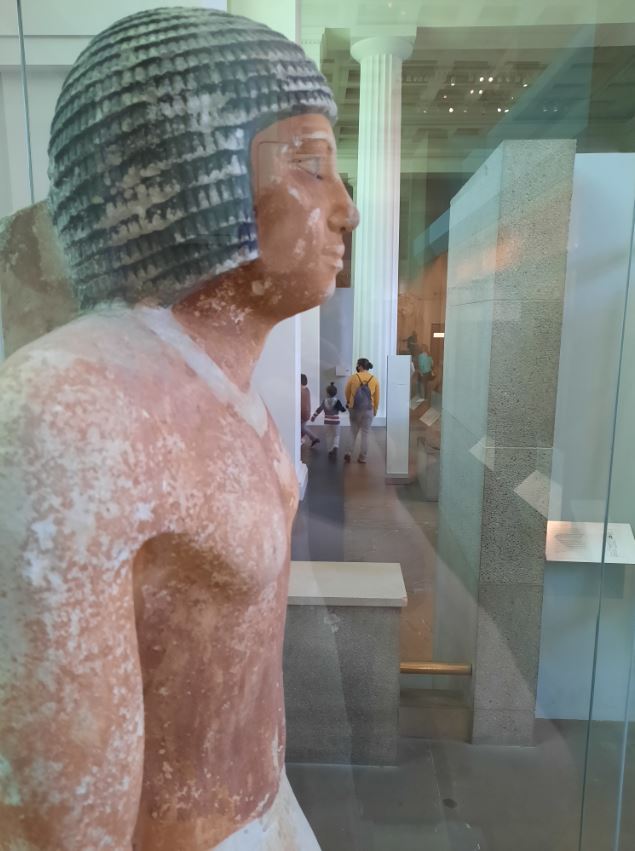
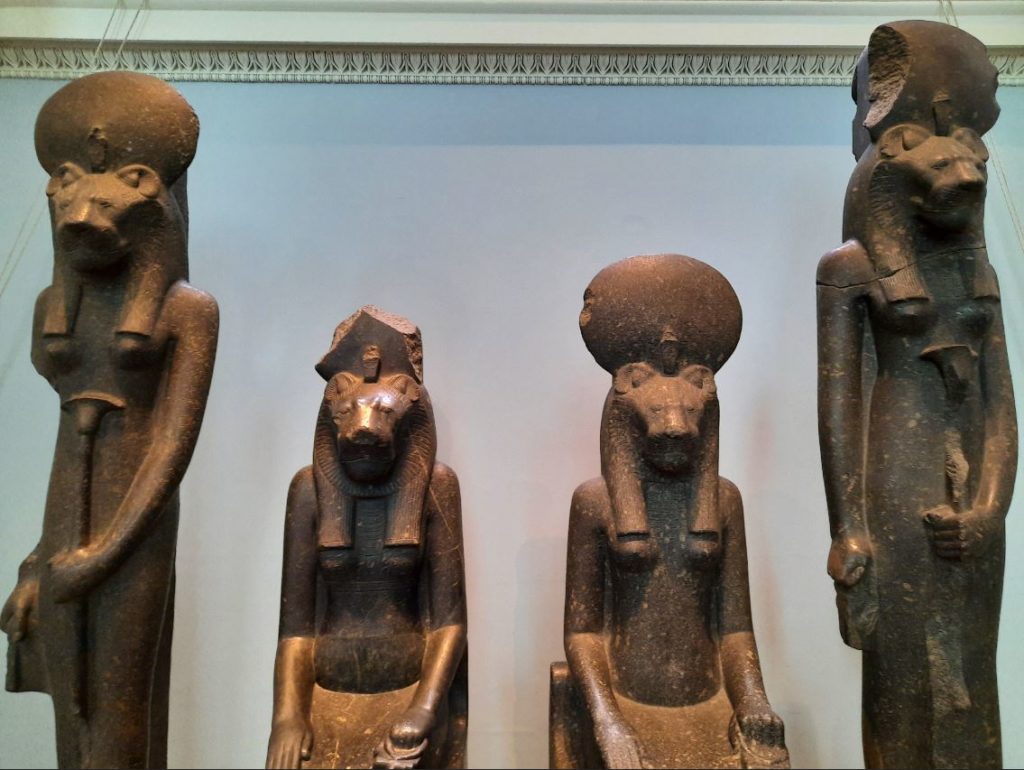
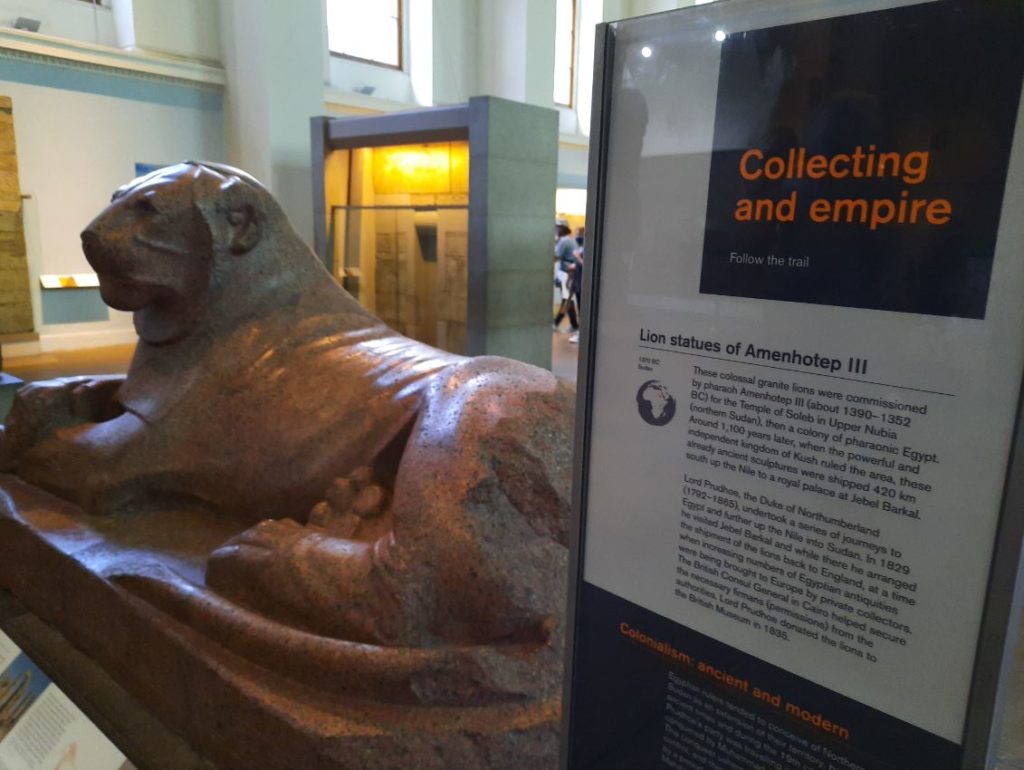

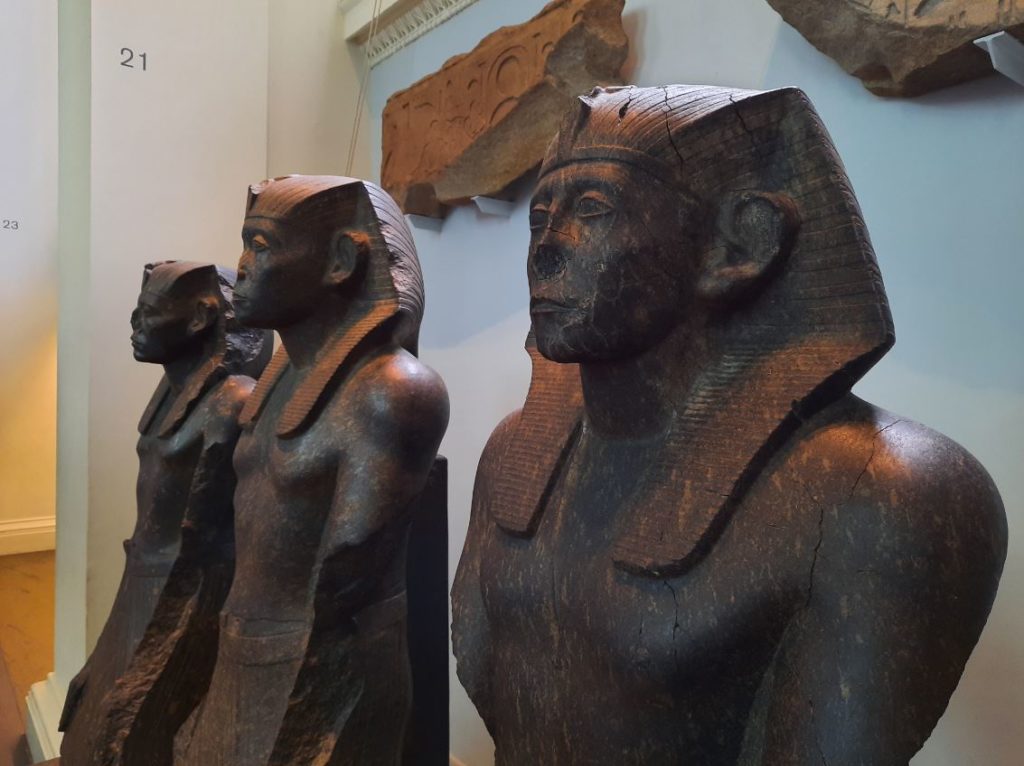

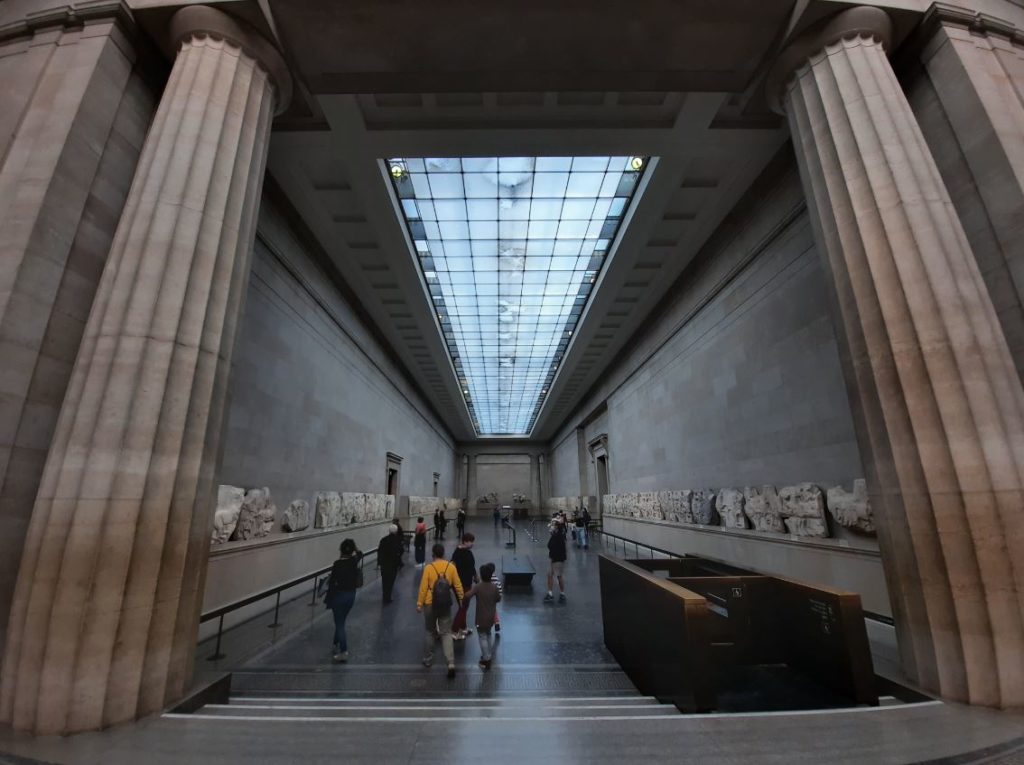


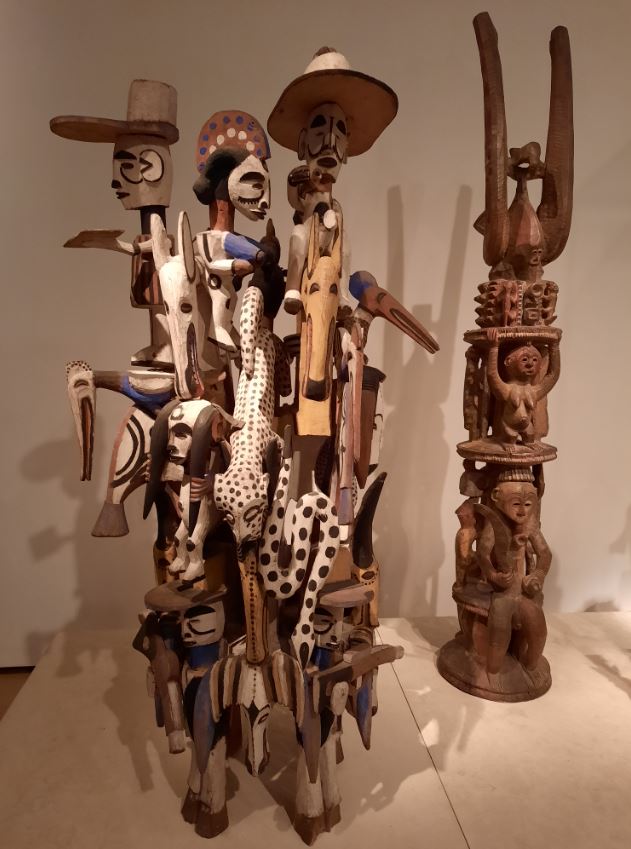
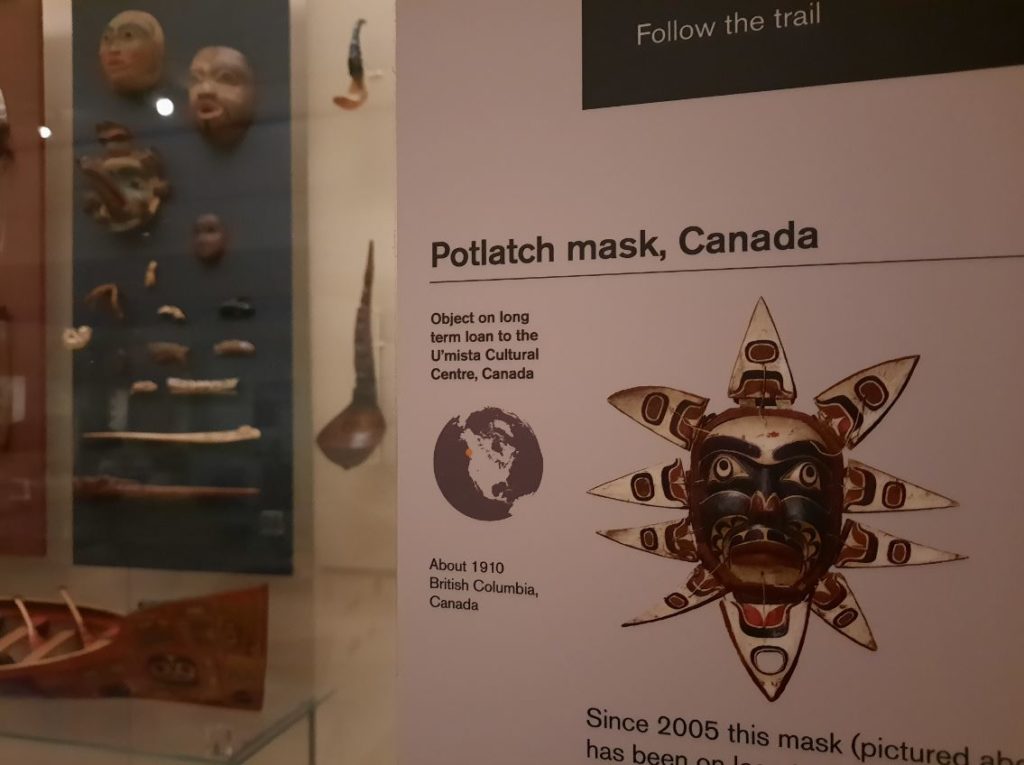

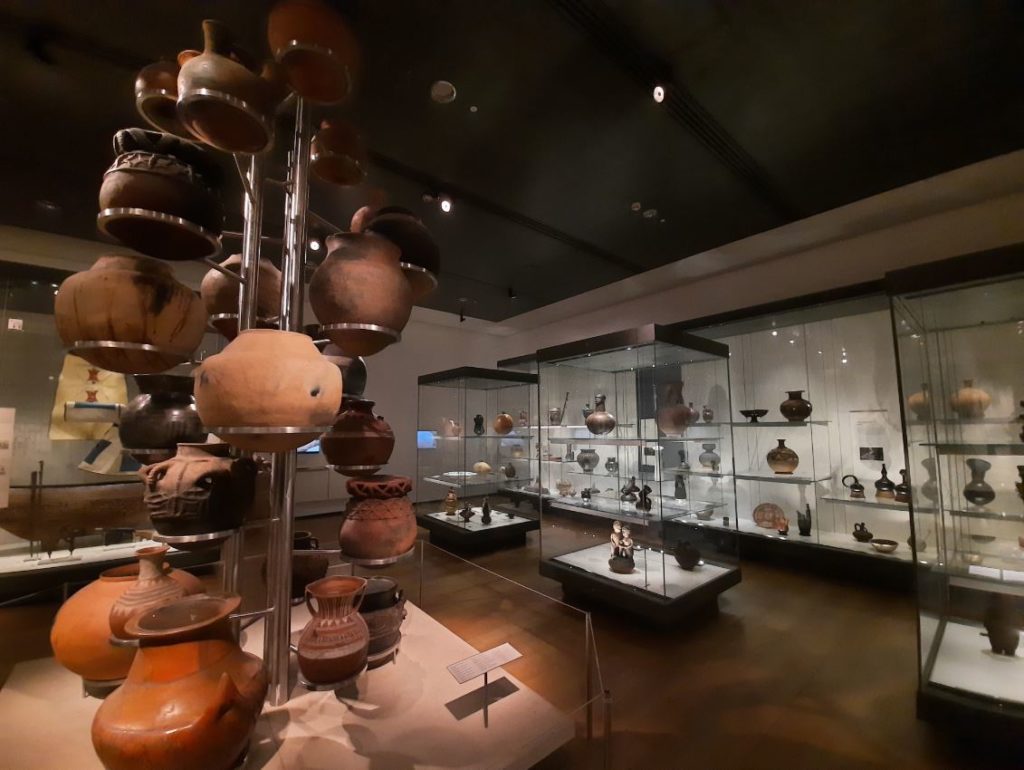

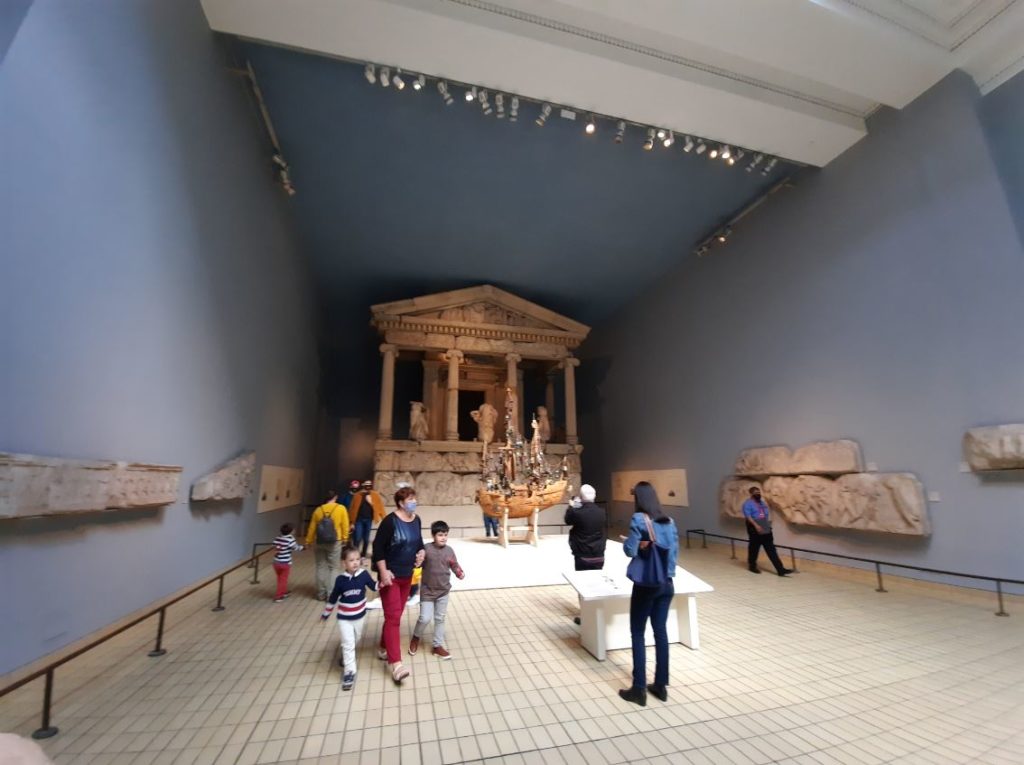



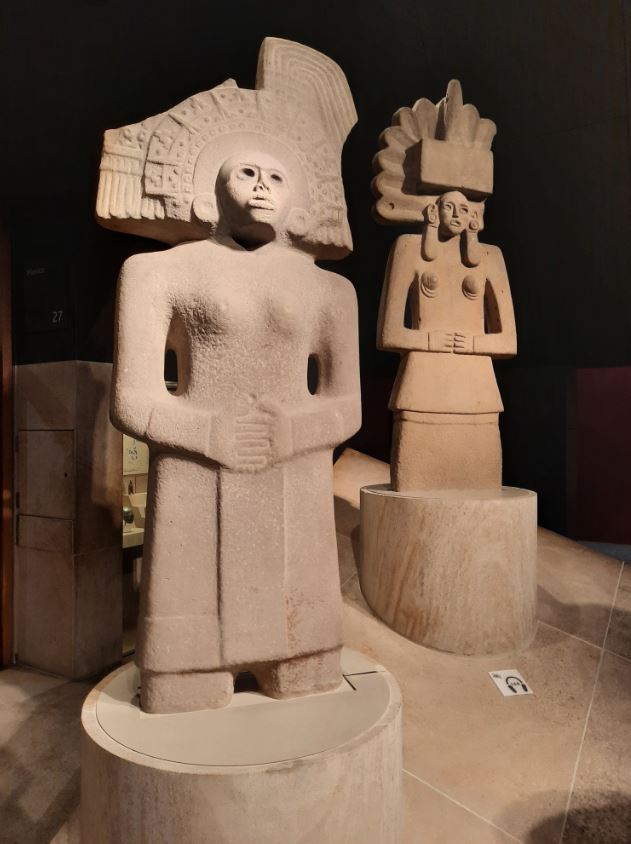
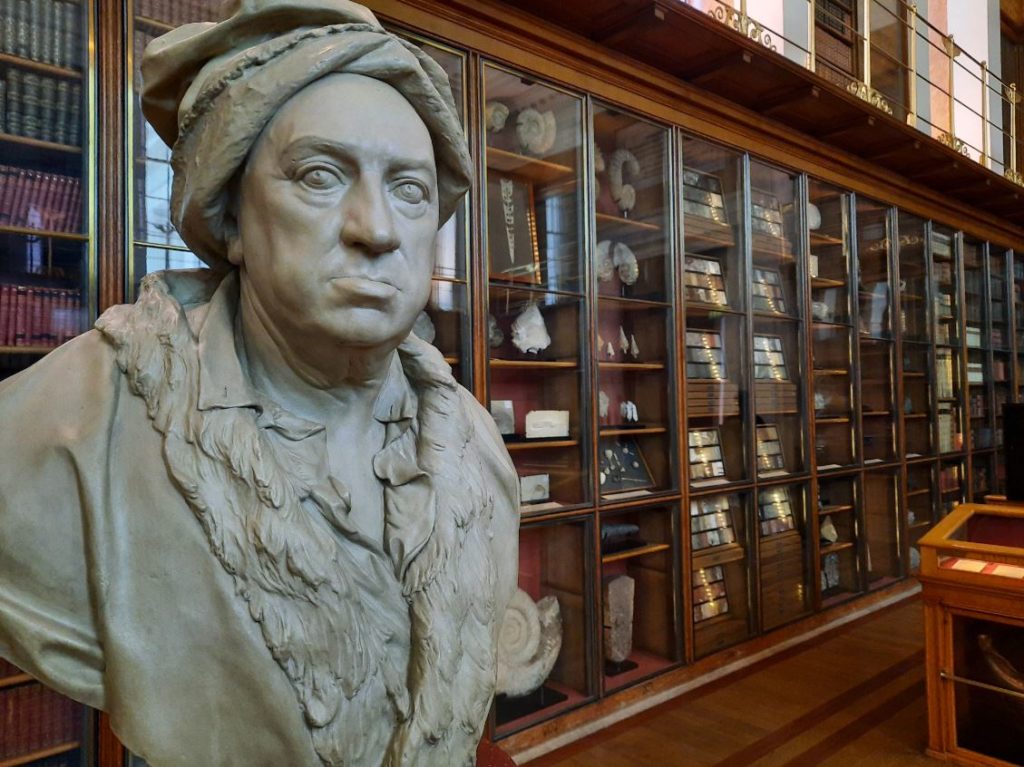

2 thoughts on “The Covid Diaries 19: The British Museum incl. Collecting and Empire”